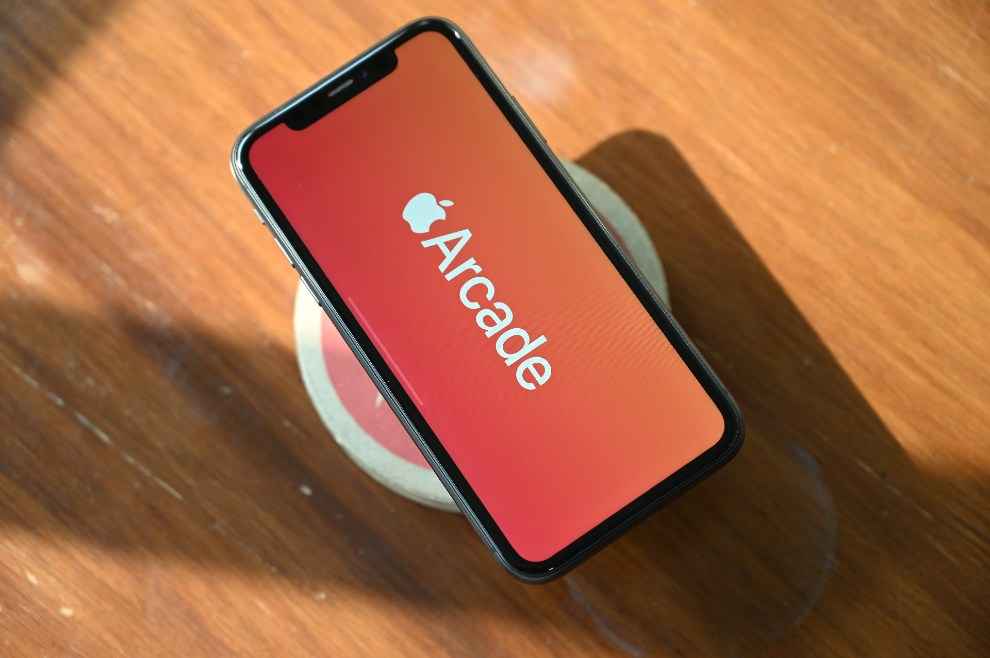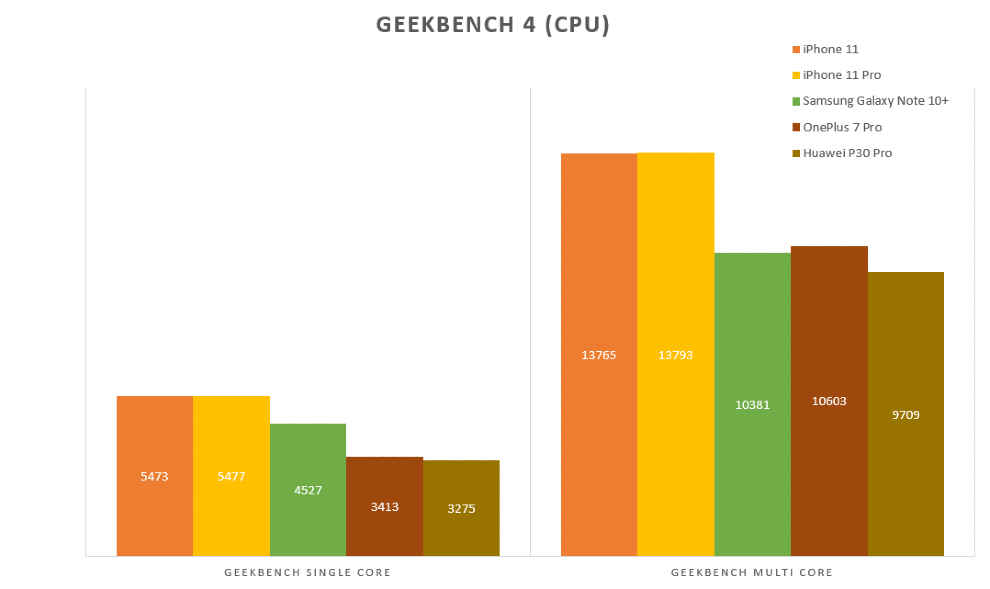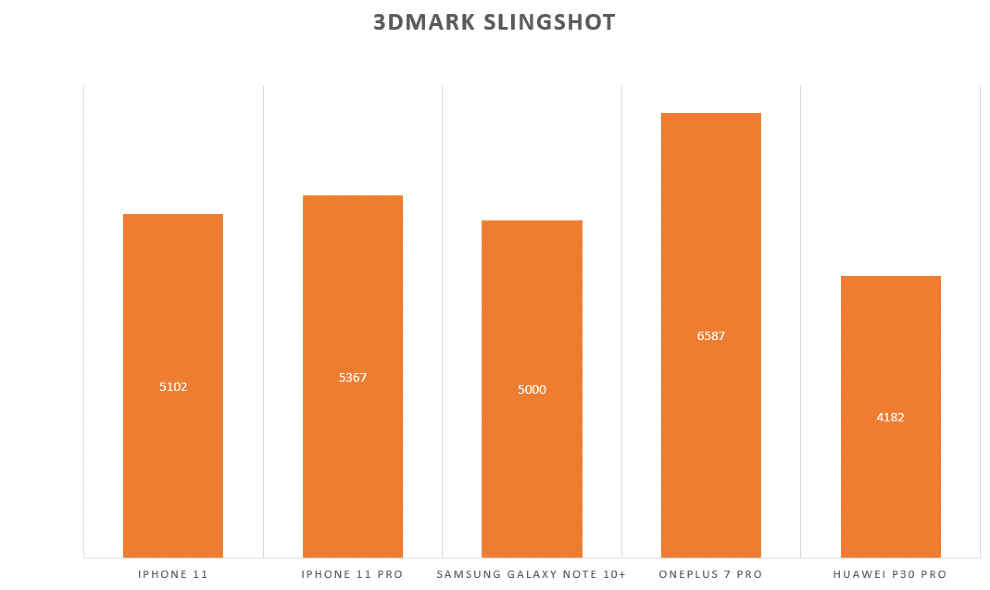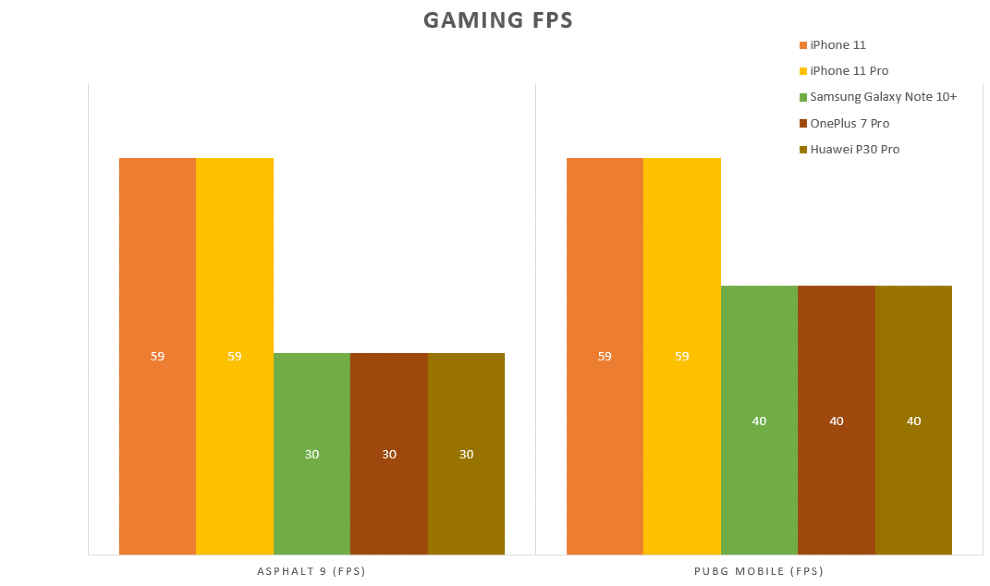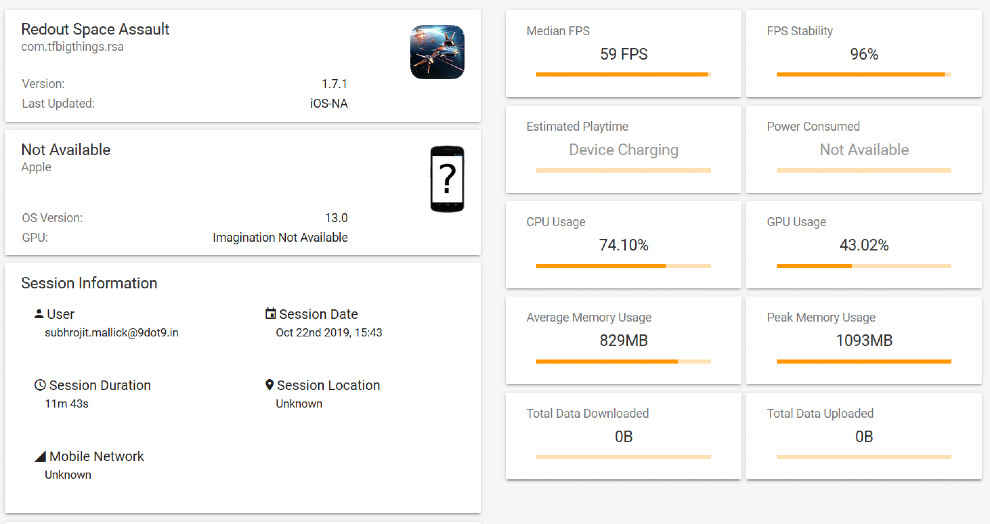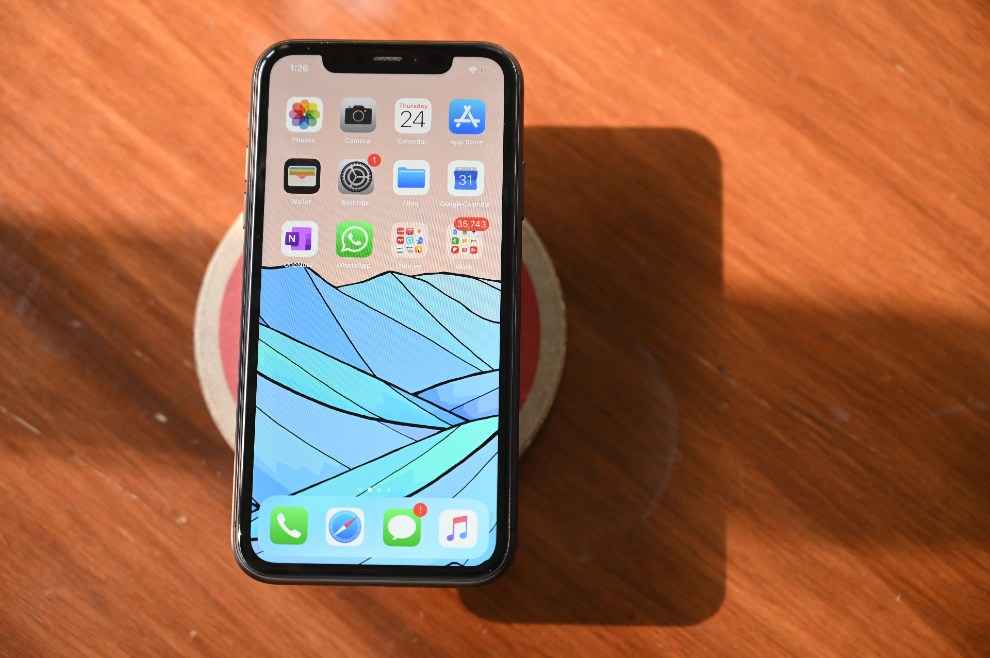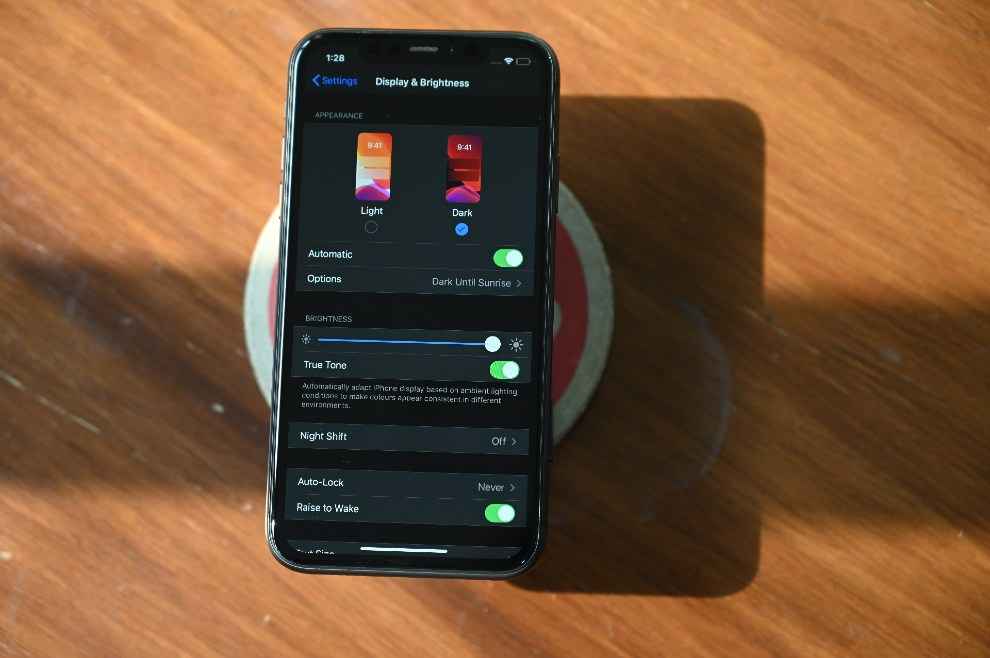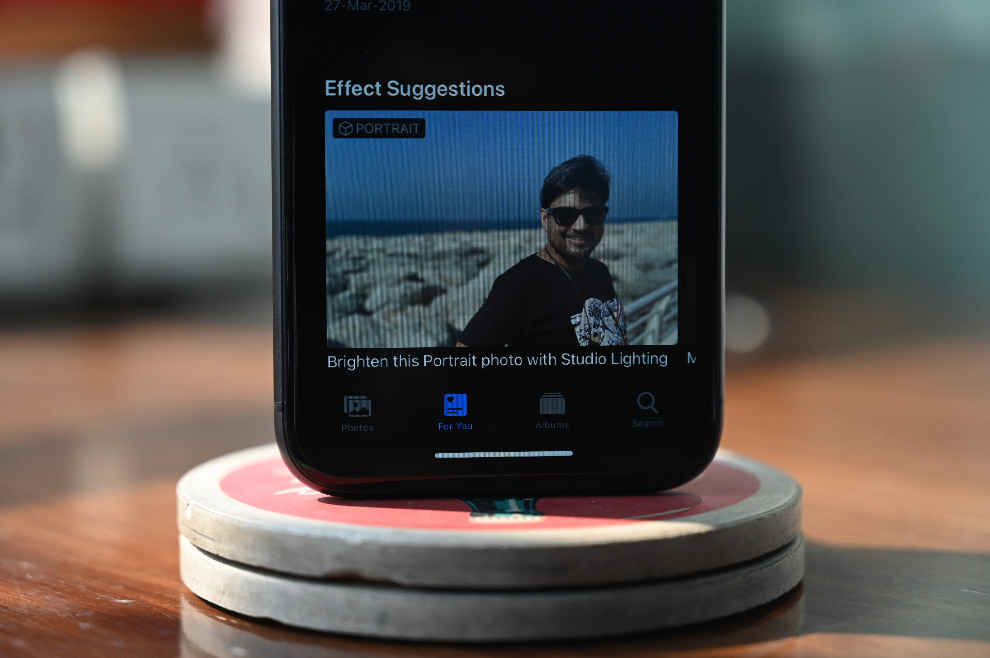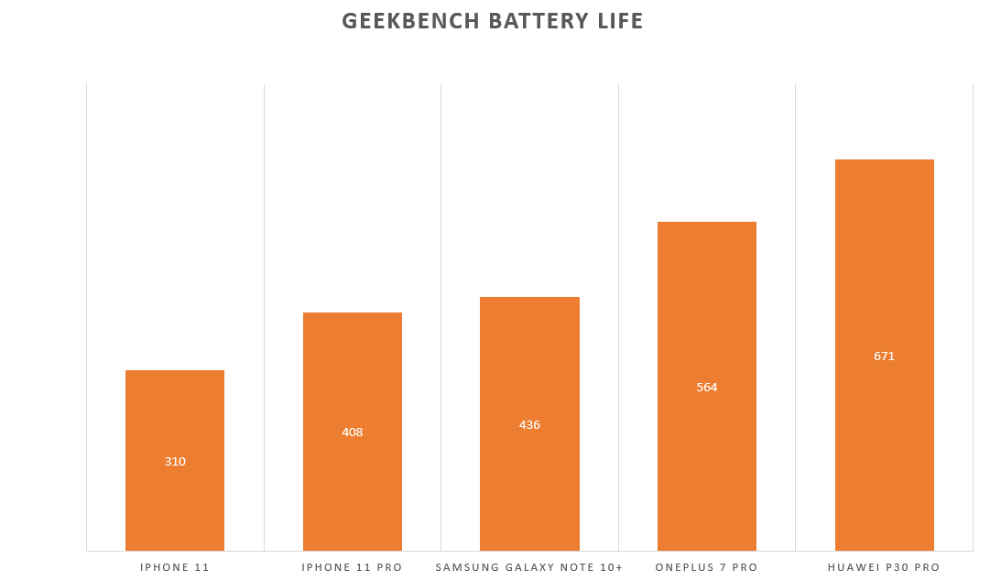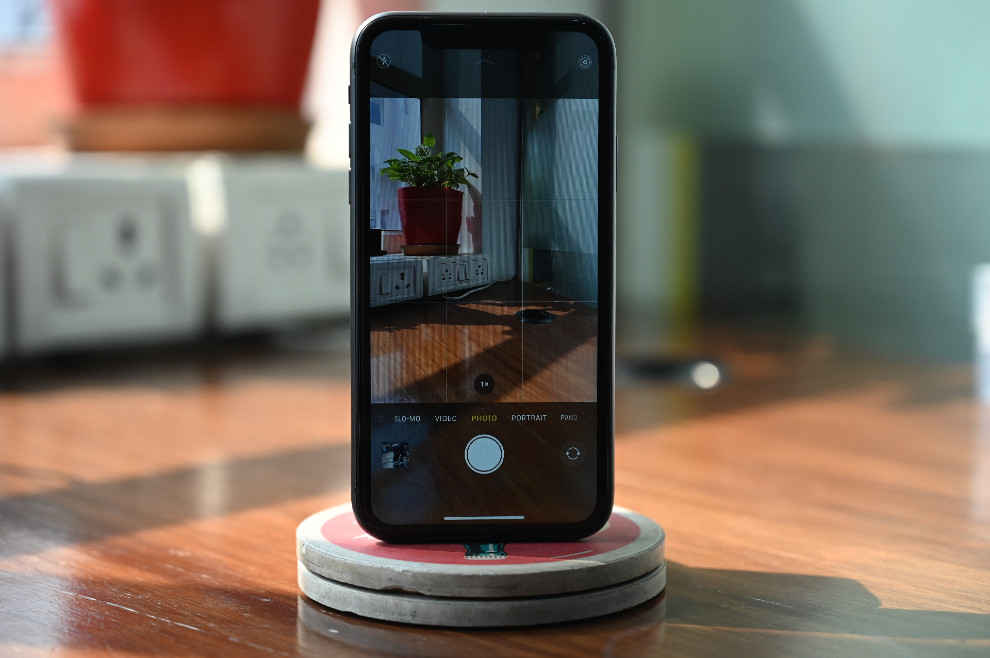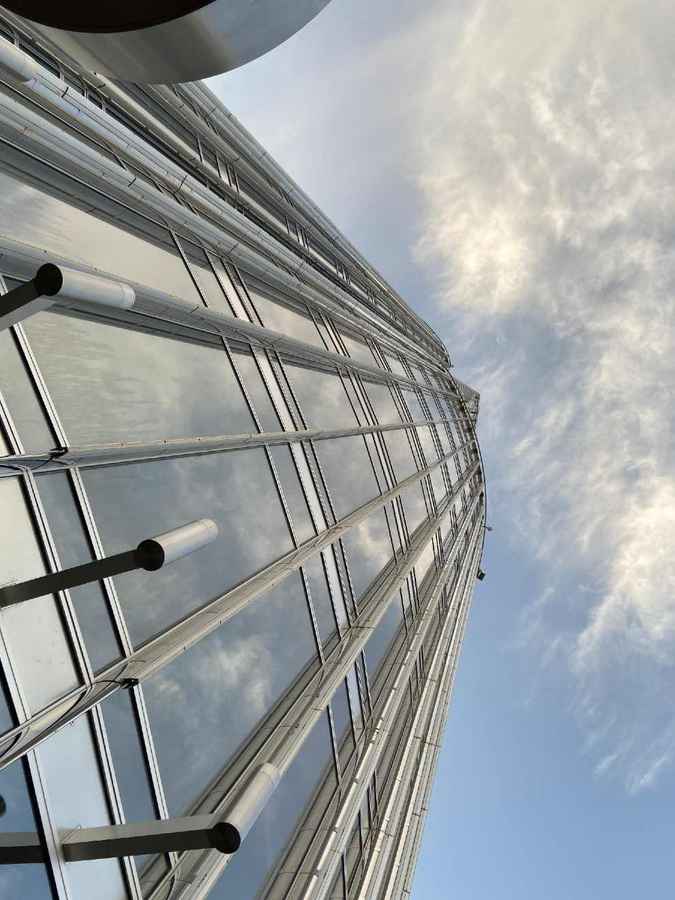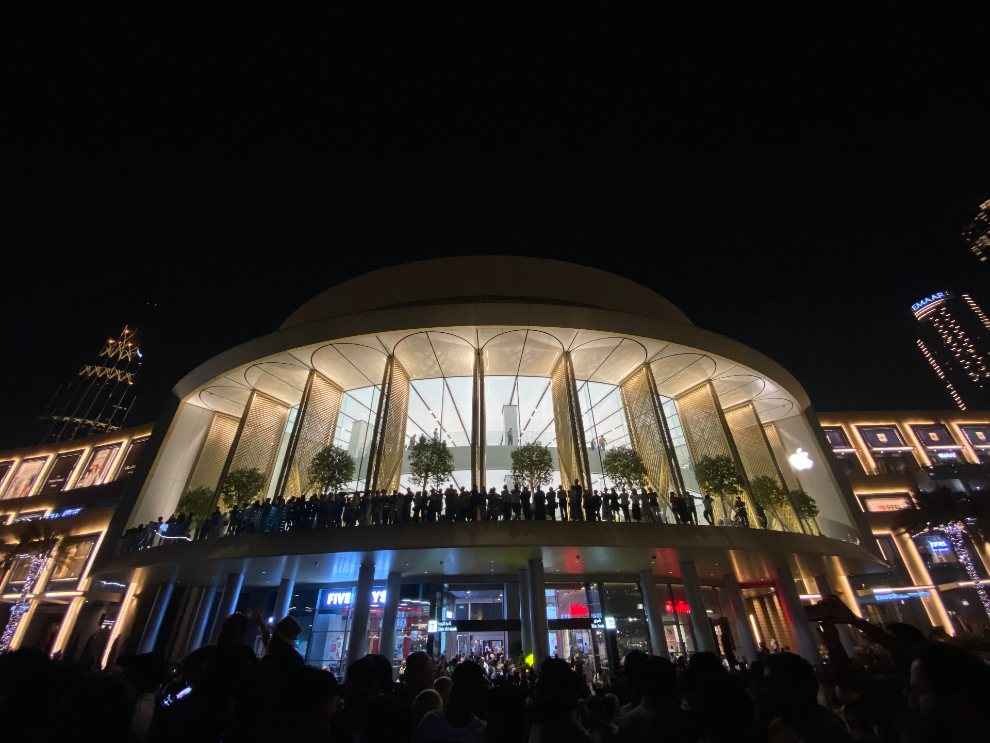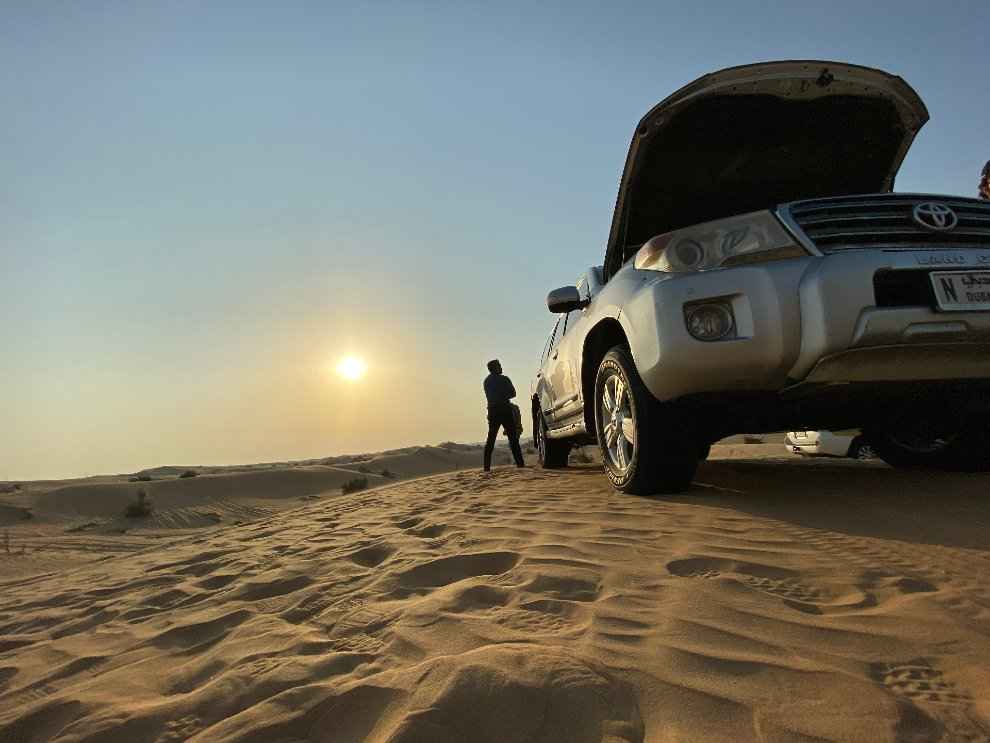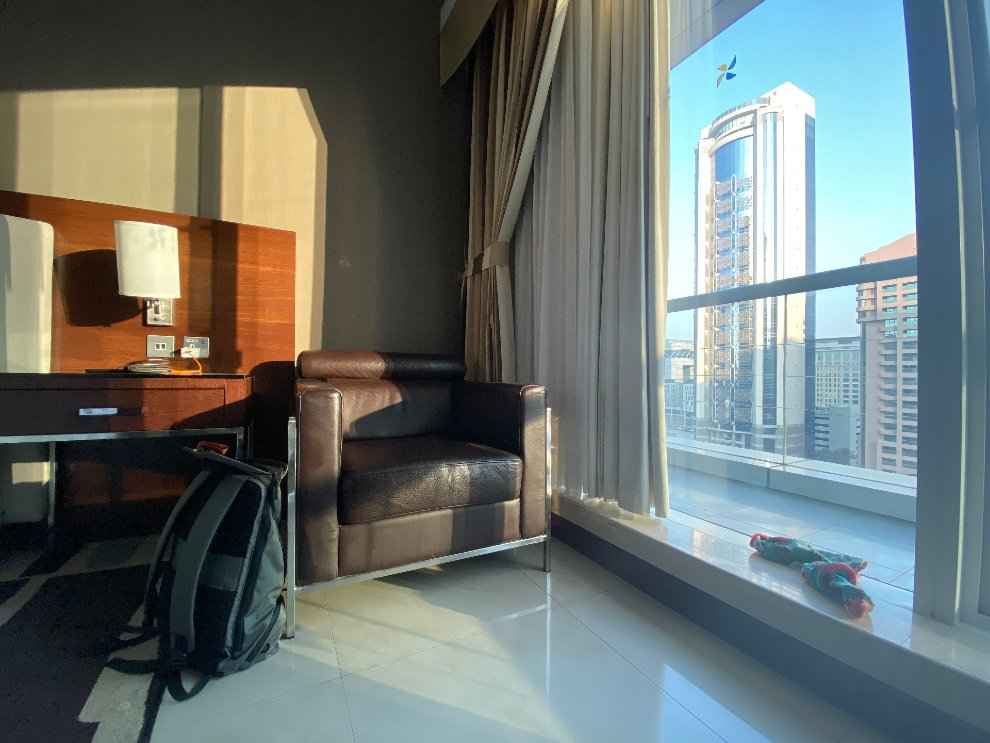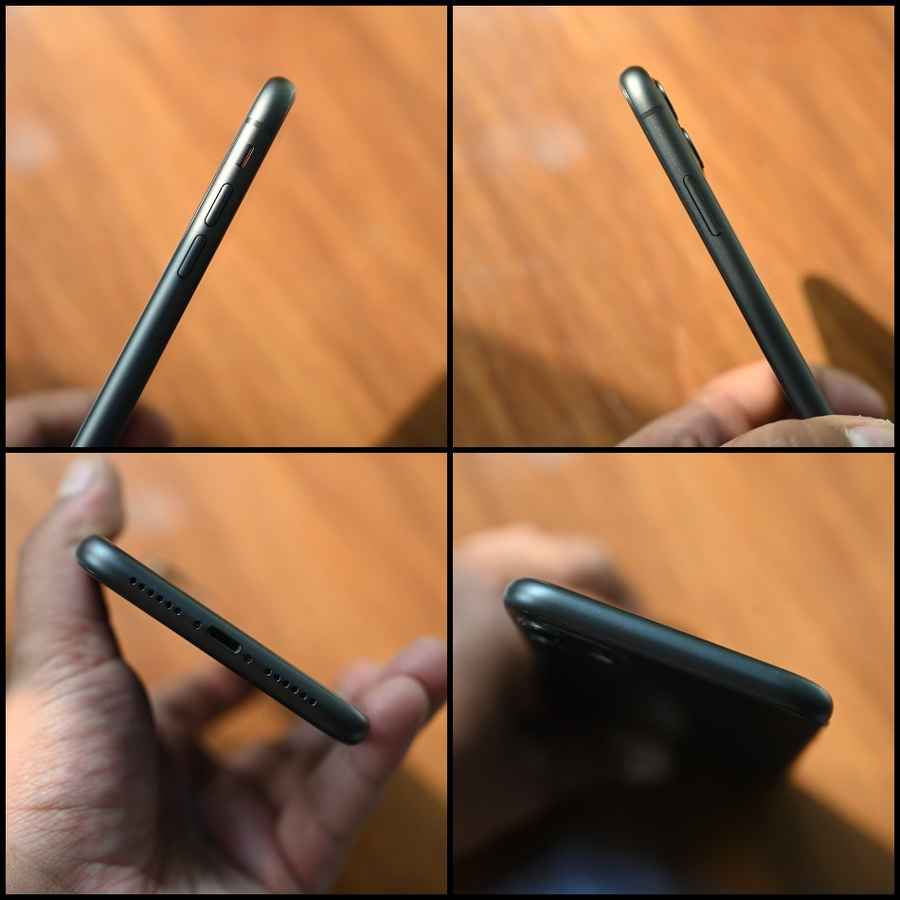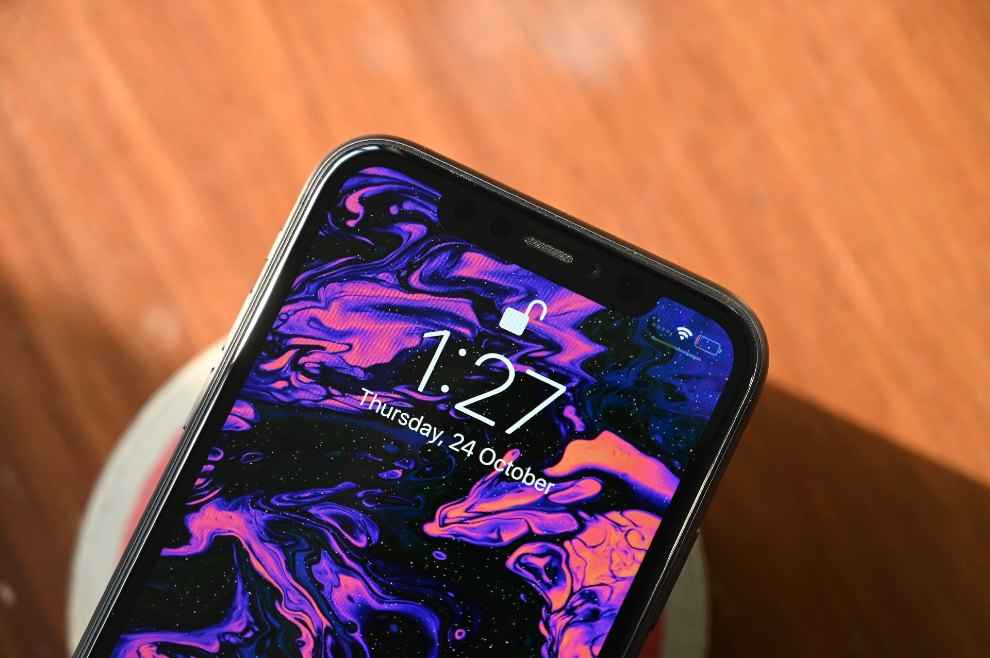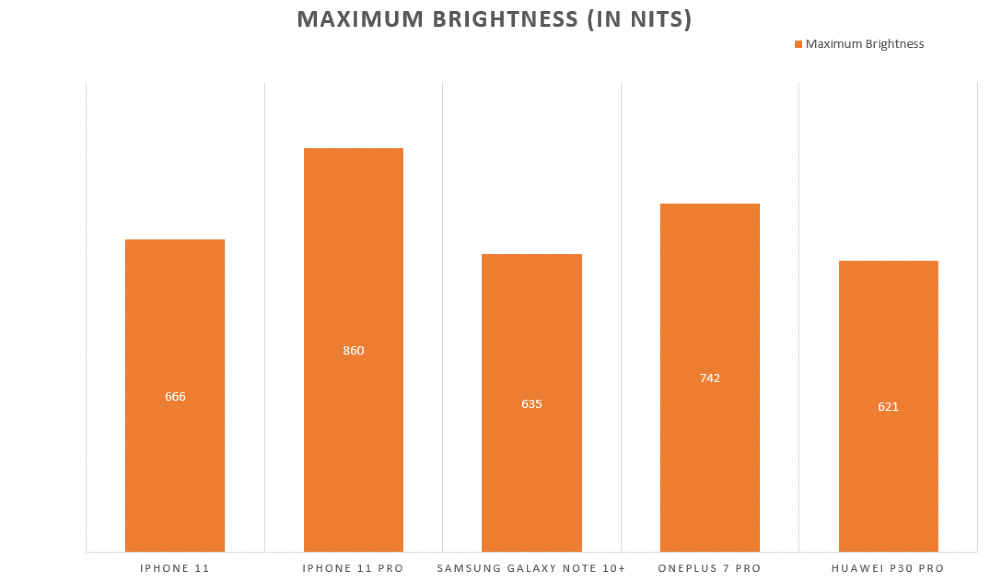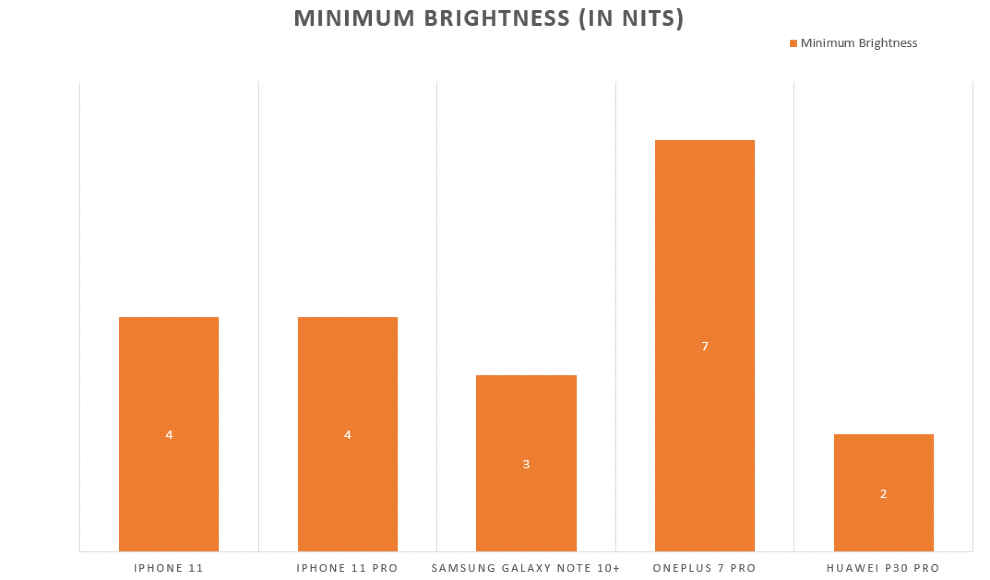iPhone 11 Review : The one you should buy
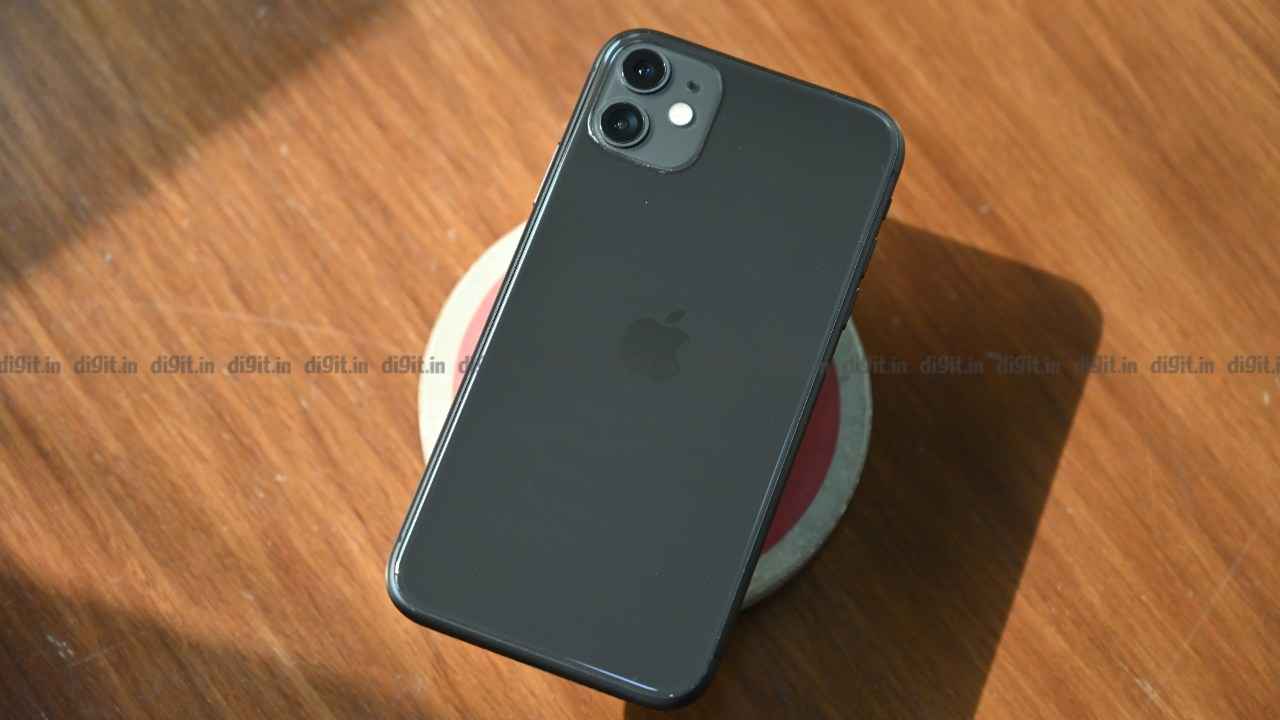
The iPhone 11 is the best smartphone to buy if you aren't willing to spend over a lakh. With improved cameras, faster processor and a familiar design, the iPhone 11 takes right after the predecessor and makes it better.
While the more expensive flagships got the ‘Pro’ moniker, the iPhone 11 is the default iPhone for the masses. If you look at the set of features, it’s not a massive upgrade over the iPhone XR considering the screen and the design largely remain the same. But the iPhone 11 is more tightly integrated with the features of the two more expensive flagships. For instance, its dual rear cameras are the same as on Pro models, and the hardware inside is also the same as the iPhone 11 Pro. On paper, you are losing out on the OLED display and the extra telephoto lens while gaining a larger display and a larger battery.
The fact that the iPhone 11 is a good phone to use is more or less established. For whatever the iPhone 11 offers and doesn’t offer, let’s see if it’s worth spending your money on.
Performance
If you compare spec-sheets, the iPhone 11 will not match up to the Android flagships. Most high-end Android phones offer up to 12GB RAM, UFS 3.0 storage, and the likes. Apple never had to pack so much in the iPhones, and yet, the iPhones have outperformed Android flagships year after year. It’s the same with the iPhone 11. You get the best performance ever on a smartphone. What’s more, the performance is more or less the same as the more expensive iPhone 11 Pro. The reason is the Apple A13 Bionic chip. The chip itself bears many similarities with the A12 Bionic in the iPhone XR last year, but as Apple mentioned at the launch, there are now 8.5 billion transistors as against 6.9 billion in the previous generation. It’s still a six-core SoC made on the 7nm manufacturing process, along with a four-core GPU and an eight-core Neural Engine. However, Apple claimed a 20 percent boost in performance and 20 percent boost in graphics rendering, made possible primarily by improving the performance of each transistor.
Sure enough, the benchmark results pits the A13 Bionic on iPhone 11 higher than all other Android chipsets, and the A12 Bionic from last year. On AnTuTu, the iPhone 11 scored 408397, 14 percent higher than the Samsung Galaxy Note 10+, and as advertised, 20 percent higher than what the iPhone XR scored last year.
On Geekbench 4, the iPhone 11 showed similar results with 5473 in single-core performance and 13765 in multi-core performance. Both these scores are around 20 percent higher than the Galaxy Note 10+ and the iPhone XR.
Clearly, the CPU performance is better than the best Android phone of the year, as well as the iPhone XR last year. As for GPU performance, the 4-core GPU works in tandem with Apple’s Metal API which improves textures and supports HDR in gaming. On 3DMark Slingshot, the iPhone 11 scored 5102, slightly higher than the score achieved by the Galaxy Note 10+, and around 29 percent higher than the iPhone XR. The results are similar on GFXBench Metal as well. Interestingly, the iPhone 11 scored higher than the iPhone 11 Pro in this test, but that’s primarily because the iPhone 11 has lesser number of pixels to render owing to the HD resolution of the panel.
Now benchmark numbers do peg the iPhone higher than the competition, but you don’t really need to run benchmarks to understand how fast the iPhone 11 is. In the real-world, the iPhone 11 works flawlessly. That’s in part because of how well Apple optimises the software, along with the improved hardware. No task is daunting and stressful enough for the smartphone, be it editing RAW files on Adobe Lightroom or playing Call Of Duty: Mobile or shooting 4K videos at 60 FPS. On Gamebench, the iPhone 11 clocked 59 FPS in both Asphalt 9 and PUBG Mobile, with 99 percent stability in both cases. The quality of graphics is visibly better than most other high-end Android phones we tested this year.
Now there used to be an argument on how there’s nothing in the Apple App Store that really stresses out the hardware. Apps and games common to both iOS and Android run equally well on the best Android phones as well as the iPhones. But with the new Apple Arcade, there’s now a good reason to demand superior hardware. The Arcade games have much better graphics and complex gameplay, with requires high usage of the GPU and CPU. Even there, on Redout Space Assault (an Apple Arcade exclusive title) the iPhone 11 delivers smooth 60 FPS with 99 percent stability. Interestingly, peak GPU usage is lesser at 77 percent as compared to 88 percent in PUBG Mobile, despite the former offering much better graphics than PUBG. The reason could be better optimisation considering how closely Apple works with game developers.
Software
The iPhone 11 runs on iOS 13.1 out of the box. If you are coming from an Android device (like I did), this is where you might feel a little lost. But the interface is designed to make things as simple as possible. As a result, the learning curve is not all that steep. Apple users will feel right at home considering devices as old as the iPhone 6s have received the update to the latest version. There is now a system-wide dark mode and most of the popular apps are compatible with it. FaceID is now visibly faster and there are more granular controls of privacy including notifications for when an app is using location services, Wi-Fi and the likes. The Photos app have been consolidated further and it's much more intuitive than before and as such, there’s some change or the other in every native iOS feature.
iOS 13.1 brings new features like a swipe keyboard, a file browser, support for USB OTG, and more. Apple also suggests Siri shortcuts that can be useful for you based on how you use your phone. Most of these features have been missing from iPhones while even the budget Android phones now ship with them, but now that it’s there, iPhones are now even more intuitive and useful.
Like every year, it’s more beneficial to be on iOS if you’re further invested in the Apple ecosystem. iOS is known to work seamlessly with macOS as well as the new iPadOS. However, integration with Windows and Android is still a bit patchy. For instance, your backups are made on iCloud instead of Google Drive, so apps like WhatsApp cannot restore data from an Android device. Furthermore, sharing photos from the iPhone 11 to another Android device is a pain. AirDrop only works with other Apple devices and you cannot transfer files via Bluetooth. As a result, you have to rely on third-party apps like ShareIt and Xender, both of which are riddled with ads and might not be very safe, privacy wise.
Battery Life
As we mentioned earlier, the A13 Bionic is more of an incremental ugprade from a performance standpoint. But in terms of efficiency, the new chipset is far more effective, offering longer screen-on time and performance per wattage. The iPhone XR last year offered excellent battery life, and with a larger 3110mAh battery, the iPhone 11 lasts even longer.
The iPhone 11 lasts 5 hours 9 minutes on the Geekbench Battery Test, and in real-world it easily lasts a day and a half. The difference is primarily because of how the iPhone 11 conserves power when the phone is in standby. When not in use, the battery discharge is minimal. However, if you put it to heavy use, the battery will drain in half a day.
We noted around 6 percent battery drain during 15 minutes of playing PUBG Mobile, while on Netflix, the drainage is around 7 percent watching content that supports Dolby Vision for 30 minutes. The iPhone 11 also comes with a fast charger out of the box that tops up the battery in around an hour and a half.
Camera
Smooth performance and stable software have been characteristics of an iPhone for a long time now. But what has really improved is the camera performance. There’s more flexibility in the way you shoot and also for when you shoot photos and videos. For one, it now comes with two cameras at the back instead of one. The second lens is a 12MP ultra-wide lens with f/2.4 aperture. The primary 12MP sensor might seem the same as the iPhone XR with f/1.8 aperture, but the teardown of the phone reveals it’s actually a new sensor that comes with 100 percent focus pixels. There is a dedicated Night Mode that gets triggered when the scene you’re shooting is poorly lit. You can expose up to 7 seconds when the scene has minimal lighting, but usually, the phone will suggest exposure of around 2-3 seconds. You can even turn it off. The new ultra-wide lens offers a sweeping 120-degree field of view with very little barrel distortion. You get the option to zoom out to 0.5x, stay at the default 1x or use digital zoom to go up to 5x closer. The viewfinder shows what you’re missing out when you’re not shooting in ultra-wide and the iPhone 11 can shoot a photo from both the lenses and let you choose the one you like later in post-production. But this requires shooting in the High Efficiency format which is not supported everywhere.
We have uploaded a bunch of photos in their original resolution in our Flickr Gallery and used some of the samples resized for the web to highlight why the iPhone camera is one of the very best out there —
Shot on primary lens
Shot on ultra-wide lens
The above samples were taken from atop the Burj Khalifa in Dubai during sunset. You can get a pretty good idea of how much more area the ultra-wide lens is able to cover. More than that, what’s notable is the dynamic range, especially from the ultra-wide lens. Even with the sun in the background and a haze hanging from the sky, the buildings are sharp and clearly visible.
Shot on primary lens
Shot from the ultra-wide lens
Once again, an example of the extra area that the ultra-wide lens covers, but more importantly, you can see the uniformity and consistency of both the lenses. I’m yet to see an Android phone switch from one lens to the other without altering the white balance, colour reproduction and exposure. In the iPhone 11, there’s practically no difference between the two photos apart from the wider field of view, be it in the form of sharpness, dynamic range, exposure and colour reproduction.
This is taken using the iPhone’s new Night Mode that automatically triggers when the scene is dark. Taken with the timer at 3 seconds, the resulting image is one of the sharpest we have seen from a smartphone in low-light. Every individual light from the buildings and the streets are clearly visible.
This is a low-light photo taken from the ultra-wide lens. Unfortunately, night mode does not work in this case, and as a result, the photo is underexposed near the bottom. However, even without night mode, the camera is able to bring out the curves of the building, control the light from the windows and darken the sky without resulting in much noise.
While dynamic range and low-light capabilities have improved, the iPhone 11 maintains the superior colour reproduction we have seen in previous generations. The sample above is a testament to that.
Speaking of colours, this sample shows how well the iPhone is able to handle varying shades of blue and contrasting brown and grey, with the textures of both the rocks and the sea intact.
We even tried out the ultra-wide in the desert to see the dynamic range and here too, the iPhone 11 left us amazed. Most smartphones with the ultra-wide lens tend to lower the details in the shadows while exposing the highlights. But not this one. And that’s what makes this camera a cut above the rest.
The iPhone 11 also went from taking portrait photos of only humans to now pets. The falcon in the photo was my subject, and it seems there’s work that needs to be done on this aspect. The edges of the falcon’s wing are blurred out indicating that the depth mapping of the subject is not 100 percent accurate. Having said that, the details that the portrait mode can generate is pretty astounding.
Lastly, we took an indoor shot of the hotel room with the afternoon sun pouring in from the windows. Here too, the phone was able to capture the details of the couch, the bag on the floor as well as what’s outside the window.
Design and Display
The iPhone 11 retains the design that Apple debuted with the iPhone X, replete with a wide notch. As a result, it can now be easily distinguished amongst the crop of full-screen Android phones, not as much among older iPhones. Apple has improved the glass protection on the front and the back while the camera module is now housed in a huge square module in the top corner. The module, when we first got a glimpse of it, looked quite out of place, but in the final commercial unit, the camera module is nicely flushed with the glass body. The iPhone 11 is also IP68-rated water and dust resistant.
The iPhone 11’s display also remains the same as before. The 6.1-inch LCD panel which Apple calls LiquidRetina is one of the brightest panels at that price. Even the relatively lower resolution of the display doesn’t make it look inferior as compared to other phones at that price. In fact, the sunlight visibility of the iPhone 11 is the best we have observed among the OnePlus 7T Pro, Galaxy S10 and the likes. At its peak, we recorded brightness levels of 666 nits while the minimum brightness went all the way down to 4 nits. Despite an LCD pane, the iPhone 11 also supports Dolby Vision HDR. On supported content like in Netflix, Dolby Vision works to enhance the details in the darker areas, resulting in videos that look a lot more life-like.
Bottomline
The most affordable iPhone this year is perfectly good for majority of people (who can afford it). The Pro variant offers an OLED display and adds a third camera at the back that offers optical zoom, and as such, a little more flexibility to the camera. If you can live without them, the iPhone 11 is more than enough. It’s also a great entry-point into Apple’s ecosystem considering the Rs 64,900 price-tag of the 64GB variant is near the same as the OnePlus 7T Pro, Samsung Galaxy S10e or the Galaxy Note 10. With the Google Pixel 4 not releasing in India and Huawei’s flagship Mate 30 Pro missing out on Google services, the iPhone 11 has a clear advantage this year.
The phone itself is quite flawless and unlike last year, Apple hasn’t compromised on the camera. The battery life of the iPhone 11 is also reassuring enough to skip the Galaxy S10 while the camera on the iPhone 11 makes it a class above the OnePlus 7T Pro. The only reason to not go for the iPhone 11 is the heavily guarded Apple ecosystem. If you have to work closely with other Android devices or Windows PCs, it’s better to stick to an Android phone for better inter-connectivity.

